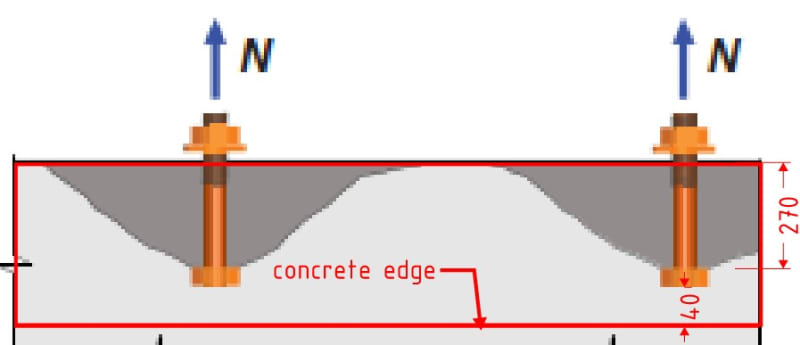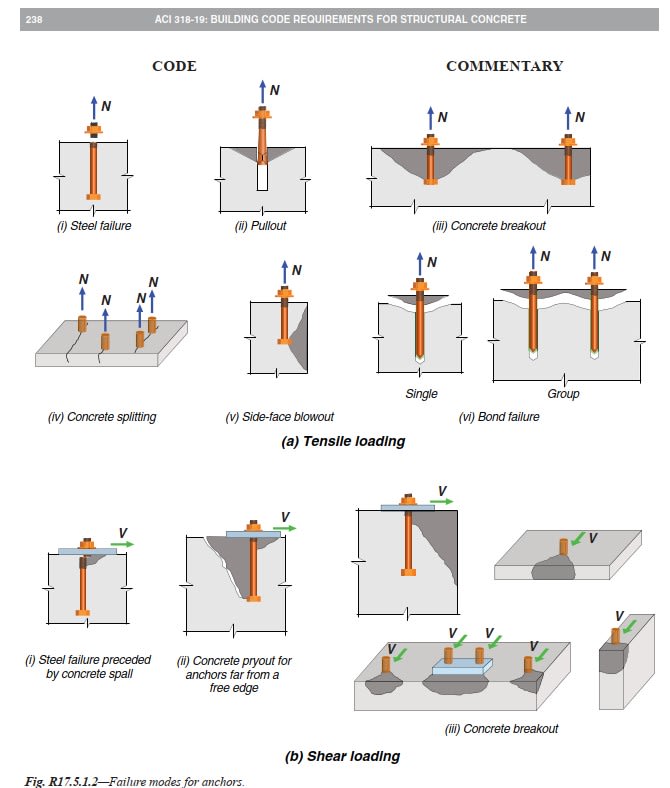Hi
In ACI the failure modes dont show any effect for anchor bolt embedment close to the concrete edge. How it ma impact the concrete breakout tensile/shear behavior. Can anyone please share any literature for the same.
Consider anchor bolt embedment 270mm and cover 40mm to the concrete edge.


Thanks & Regards
Sambhav
In ACI the failure modes dont show any effect for anchor bolt embedment close to the concrete edge. How it ma impact the concrete breakout tensile/shear behavior. Can anyone please share any literature for the same.
Consider anchor bolt embedment 270mm and cover 40mm to the concrete edge.


Thanks & Regards
Sambhav
